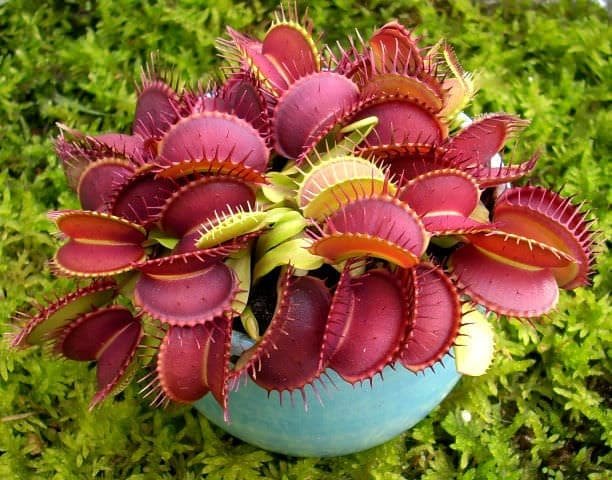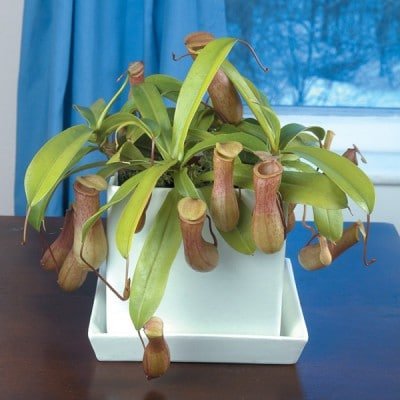Fancy about growing carnivorous plants? Well, in this article you’ll get basic and useful information on ‘how to grow carnivorous plants.’

USDA Zones: Varies according to species
Propagation Method: Seeds, cutting
Difficulty: Moderate
Soil Type: Highly acidic
Carnivorous plants growing information
Carnivorous plants are those plants that are capable of capturing and collecting the bodies of insects. Victims are small insects and crustaceans.
Carnivorous plants carry out photosynthesis process but due to the fact that they grow in poor soils that lacks nitrogen and other essential elements needed for proper development, they gain these elements by the bodies of insects they kill.
Carnivorous plants become dormant in winter in cold climate. This way they survive tough winters. Some of the plants simply drop off their leaves, while others show changes in foliage.
Benefits of growing carnivorous plants?
Species such as butterwort, drosera and pitcher can be grown as house plant. These rare plants looks beautiful and successfully lure and kill pesky house flies, mosquitoes and other insects.
How to Grow Carnivorous Plants
Cultivation of most of the carnivorous plants is similar. Requirements and care is not different and you can grow them at home or garden with slight care.
Planting
Plastic pots are best for planting carnivorous plants due to their ability to retain moisture and don’t let the minerals to accumulate in pot.
Plant carnivorous plants in poor acidic soil, lack in nutrients. Planting spot should be clear and humid but not sunny in afternoon.
Keep soil evenly moist all the time, remember that majority of these plants grow in boggy places and dislikes dryness.
Transplanting should be carried out in spring (in winter for tropics) after every 2-3 years when the plant becomes root bound and roots begin to penetrate outside the pot.
Carnivorous Plants Care
Water

Never water carnivorous plants with ordinary water, it is important to use soft water with no minerals.
Use distilled water or an easy way to soften the water this way is to boil it and leave it to cool down and later precipitate the salts that accumulate in the bottom. You can also use rain water.
It is recommended to keep pot on a tray filled with water so the soil remain moist all the time, this should be done especially if you are living in a dry tropical climate.
Soil
For carnivorous plants, never use ordinary garden soil or potting mix you use for common garden plants. This way you’ll certainly kill them. It is best to use sandy soil. Mix equal amount of sand and peat moss, sand should be washed before using. This mix should have acidity level around 3 – 5.
Fertilizer
Distinguished by their way of eating – carnivorous plants acquire nutrients by luring and catching insects. For this reason, fertilizing these plants is unnecessary and often leads to root burn, resulting in withering of the aerial parts of the plant.



Getting new ideas